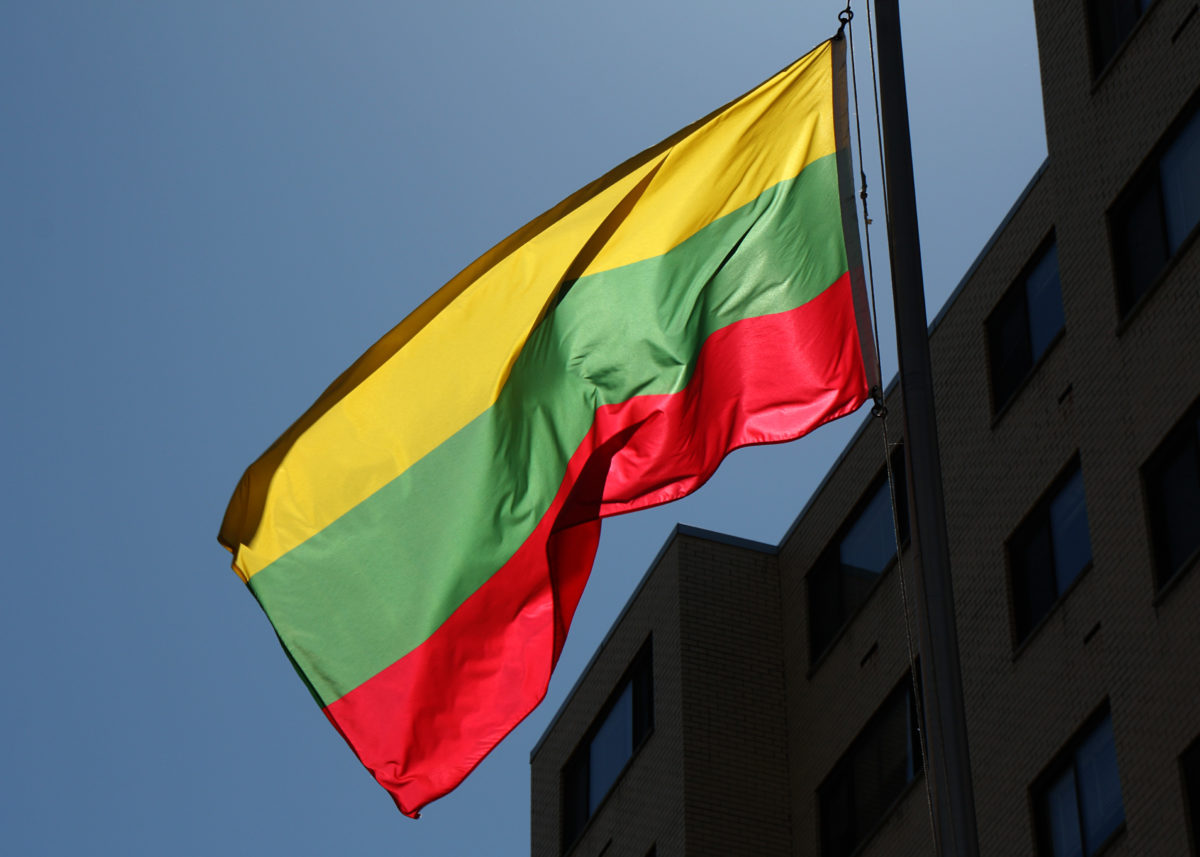Lithuania could see a considerable increase in new PV capacity over the next three years. This growth would be the result of the efforts to improve the country's transition to clean energies made by the recently elected government, which is led by prime minister Saulius Skvernelis.
The new government is aiming at installing approximately 200 MW of new PV capacity by 2020 through an improved net metering scheme for commercial and residential PV installations. The scheme was adopted by the local Parliament in 2014, but with “too many restrictions”, Vitas Maciulis, president of the Lithuanian Solar Energy Association (LSEA), told pv magazine.
The scheme was open to residential PV installations up to 10 kW for homeowners and to PV systems up to 50 kW but only for for public entities such as schools and hospitals. Under the scheme, which is being founded through a green certificate trading system, households could receive 30% investment support and public entities up to 100% until the end of the first half 2016. It is not clear if this investment support will also be included in the new rules. The LSEA has raised the question in a recent audition at the Energy Commission in Parliament.
In order to eliminate the restrictions for net metering mentioned by Maciulis, the current government has recently submitted to Parliament a proposal to amend the country‘s renewable energy law. If approved, the new rules will come into force on July 1, 2017.
Maciulis added that the new administration of Lithuania's national grid operator LITGRID is now acting more friendly to prosumers and, together with the local Ministry of Energy, announced plans to reduce administrative and technical burdens for new small installations.
Although the government said it expects to add 200 MW of new PV capacity through net metering by 2020, Maciulis believes that, at least for 2017, growth will be limited to around 5 MW. This growth, however, would represent a significant improvement on the 3 MW installed over the past two years. “But after implementation of the new law,” Macilius said, “and the reduction of requirements for prosumers, we expect good perspectives for households and small businesses starting from the end of 2017.”
Lithuania had 73 MW of cumulative PV capacity installed at the end of 2016, according to data provided to pv magazine by Maciulis. Most of this power, around 68 MW, was installed between 2011 and 2013, when a too generous FIT scheme was put in place. The scheme, which was officially closed in April 2013, was open to PV installations up to 30 kW. Projects developed under the scheme were entitled to receieve a 12-year FIT and had access to very simplified authorization and grid-connection approval procedures.
Of the cumulative capacity, 80% is represented by commercial installations, while the residential and large-scale segments have each a 10% share, Macilius stressed.
Lithuania also has an auction mechanism for PV systems over 10 kW, and although the government has implemented it over the past few years, the system really never became attractive for solar investors, Macilius said.
Lithuania has 799.3 MW of operational renewable energy generation capacity currently. Of this, 498.9 MW comes from wind power plants, while biomass and hydroelectric plants contribute with 64.9 MW and 127.9 MW, respectively. The country aims to increase the share of renewables in its electricity mix to 23% by 2023.
In January, the government approved a report drawn up by the Ministry of Energy regarding a draft law on protection of the electricity market and the power system of the Republic of Lithuania. The draft law seeks to establish a new regulatory framework to prevent power produced at nuclear power plants that are built near Lithuanian borders from entering the Lithuanian power system, as well as the electricity market.
“The long-term and optimal way to fundamentally reduce our power system's dependence on third parties is the synchronization of the Baltic power systems with the European grid. This is a long-term project, so we have to take other measures to protect our electricity market and system before synchronization with the European network is complete,” said the Minister of Energy, Žygimantas Vaičiūnas.
Lithuania had two nuclear reactors totaling 1.5 GW, which were closed in 2004 and 2009, respectively.
This content is protected by copyright and may not be reused. If you want to cooperate with us and would like to reuse some of our content, please contact: editors@pv-magazine.com.




By submitting this form you agree to pv magazine using your data for the purposes of publishing your comment.
Your personal data will only be disclosed or otherwise transmitted to third parties for the purposes of spam filtering or if this is necessary for technical maintenance of the website. Any other transfer to third parties will not take place unless this is justified on the basis of applicable data protection regulations or if pv magazine is legally obliged to do so.
You may revoke this consent at any time with effect for the future, in which case your personal data will be deleted immediately. Otherwise, your data will be deleted if pv magazine has processed your request or the purpose of data storage is fulfilled.
Further information on data privacy can be found in our Data Protection Policy.